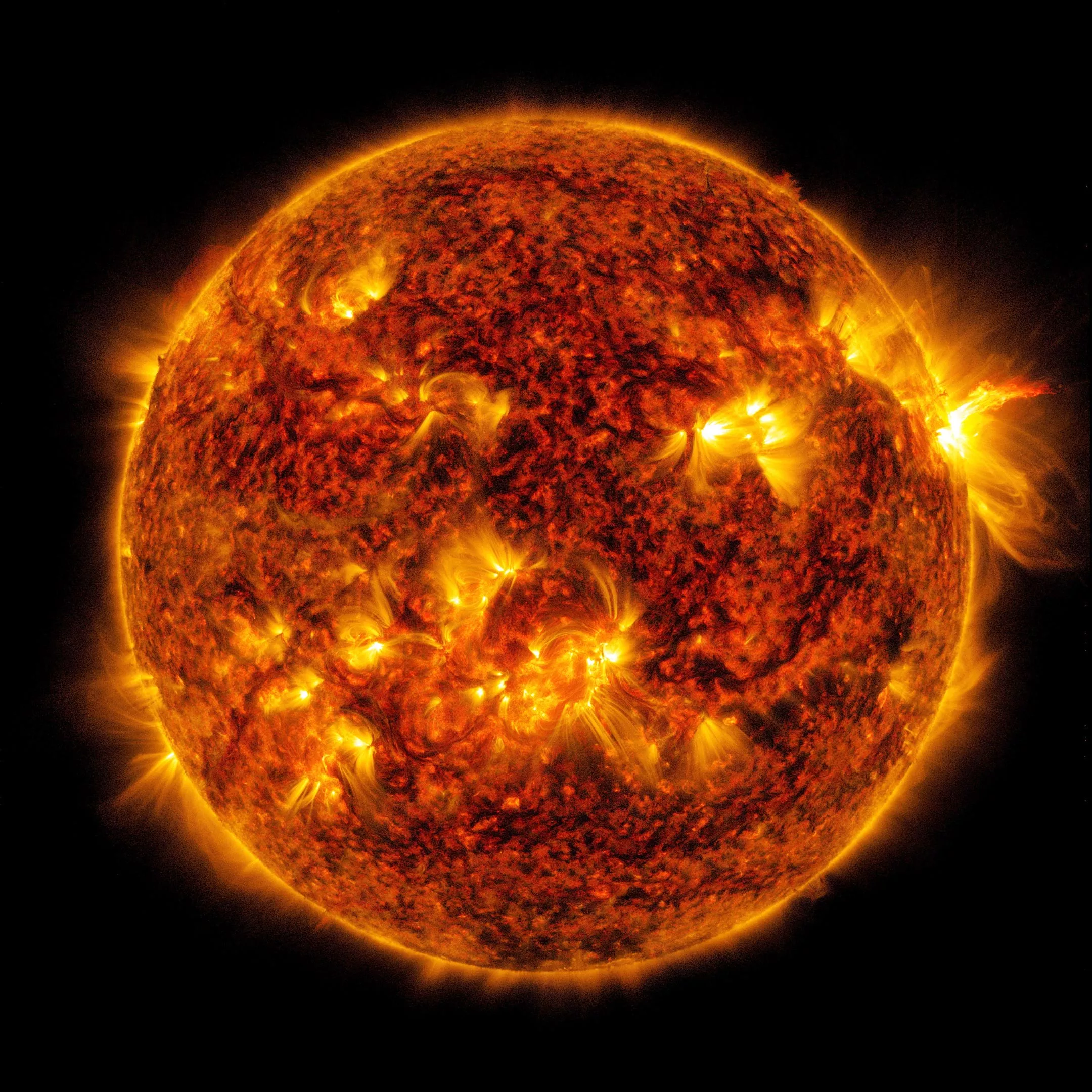On April 30, 2022, the sun sent out a powerful solar flare, and the intensity reached its maximum at 9:47 a.m. Eastern time. NASA's Solar Dynamics Observatory continuously observed the sun and captured images of the event.
Solar flares are powerful bursts of energy. Coronal mass ejections from flares and solar eruptions can affect radio communications, power grids and navigation signals. They also pose risks to spacecraft and astronauts.
This flare is classified as class X flare, which represents the most intense flare, and the number attached to the letter provides more information on its intensity. More information on how to classify flares can be found in the following table:
For more information, visit NOAA's space weather forecasting center, the official source of space weather forecasts, observations, warnings and alerts for the U.S. government, to understand the possible impact of this space weather on the earth:
NASA is the national space weather research department. It continuously monitors the sun and our space environment through a spacecraft network and investigates everything from the sun's activities to the sun's atmosphere and the particles and magnetic fields in the space around the earth.
Editor in charge: ugmbbc


